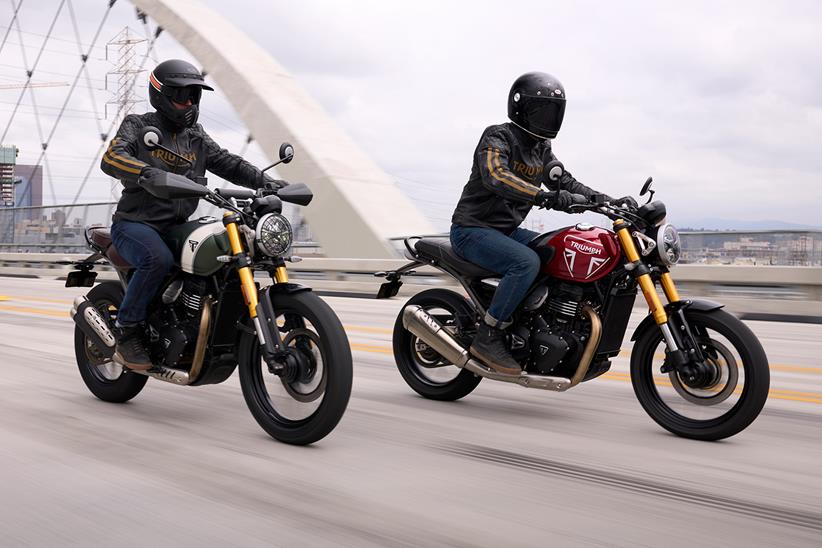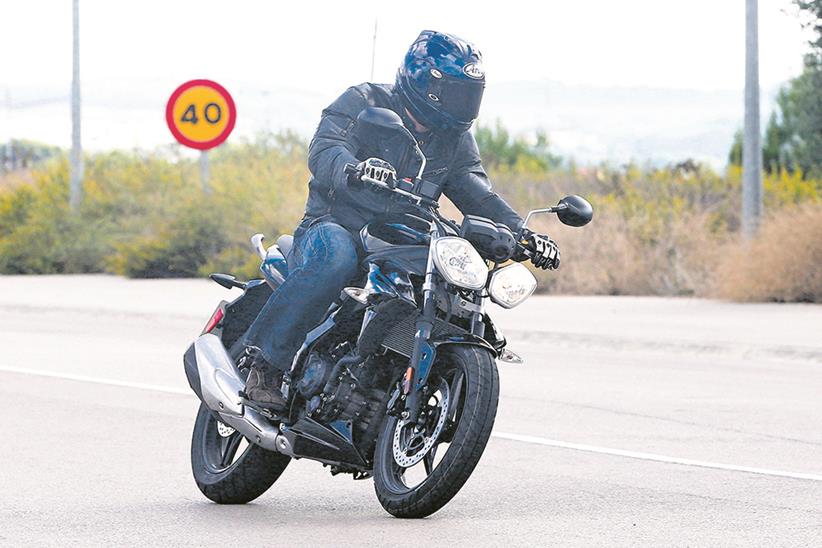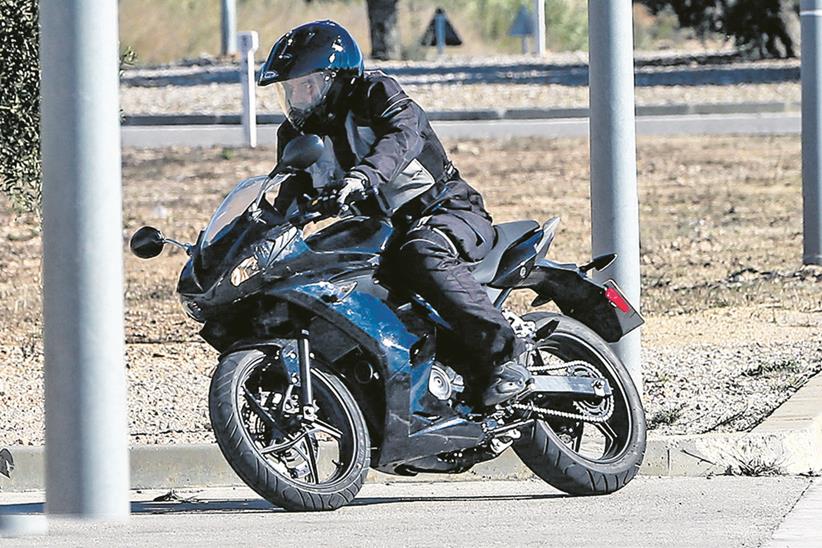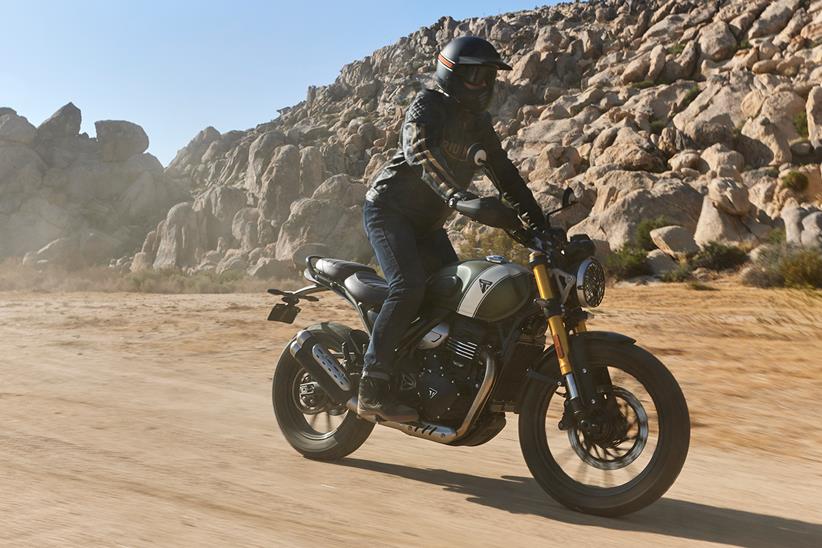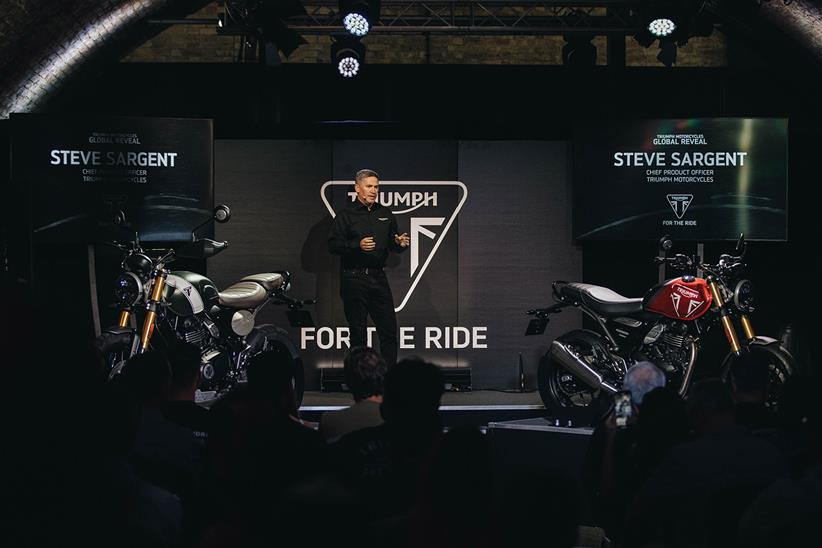Triumphs for the masses: Hinckley bosses hint at more to come from new Bajaj Auto tie-up
Triumph bosses have hinted at more small capacity models to come following the launch of their A2-friendly Speed 400 and Scrambler 400 X early last week – produced in collaboration with Indian manufacturing giants, Bajaj Auto.
Designed in Hinckley and produced using the same methodical development process as any other Triumph motorcycle, both machines feature a fuel-injected DOHC 398cc Euro5-friendly engine producing a claimed 39.5bhp at 8000rpm.
They will be built by Bajaj for the Indian market – having officially established a partnership back in 2017 – and by Triumph in Thailand and Brazil for the rest of the world.
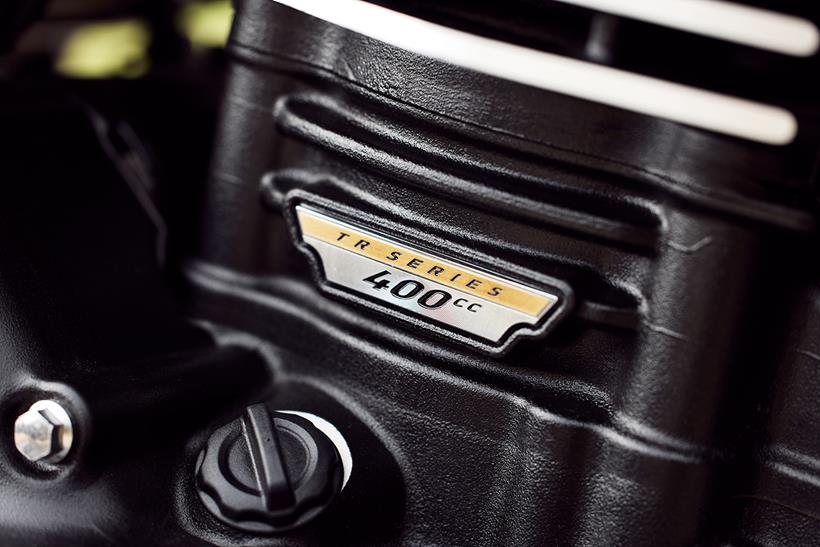
“The purpose of the partnership was to create a range of small motorcycles that would sit below the existing range,” Triumph’s Chief Commercial Officer, Paul Stroud told MCN. “You’re seeing, effectively, the first two of those motorcycles coming to market.”
Both models weigh less than 180kg ready to ride and aim to steal a slice of the small-capacity market away from the likes of Royal Enfield, BMW, and KTM – who all offer affordable Indian-built singles, with the latter also in partnership with Bajaj.
“As you know, we’re looking at many, many ways to grow our business,” Stroud continued. “The range starts today at just under £8000 and there are a lot of people just starting out in biking for whom that’s unobtainable.”
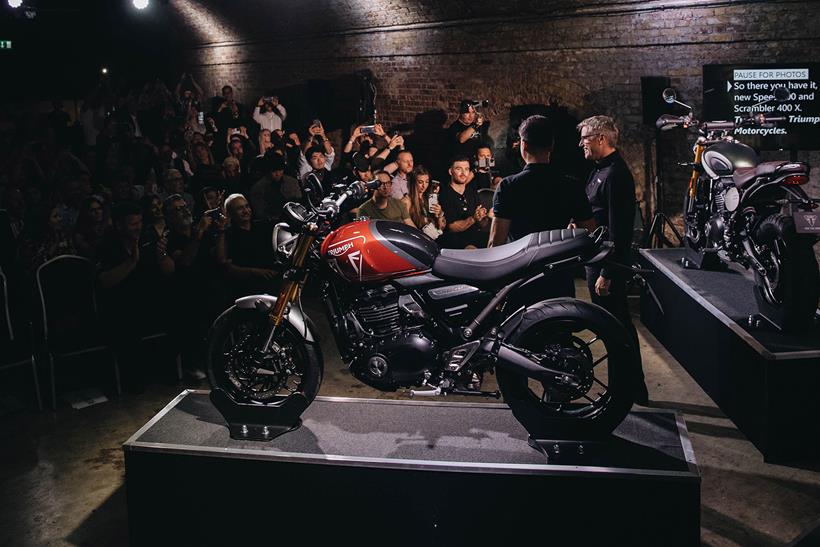
The Triumph man then further confirmed that the firm’s off-road competition range will also arrive later this year with the aim of attracting yet more riders to the British brand.
Neither Stroud nor Chief Product Officer, Steve Sargent, would be drawn on the price of the 400s at this stage, confirming that we’ll find out at the official press riding launch later this year.
However, with Royal Enfield’s HNTR 350 starting at just £3899 and BMW’s TVS-built G310 range sitting below £6000, the target is clear.Anything higher could risk putting off new riders before they’ve even set foot in a dealership.
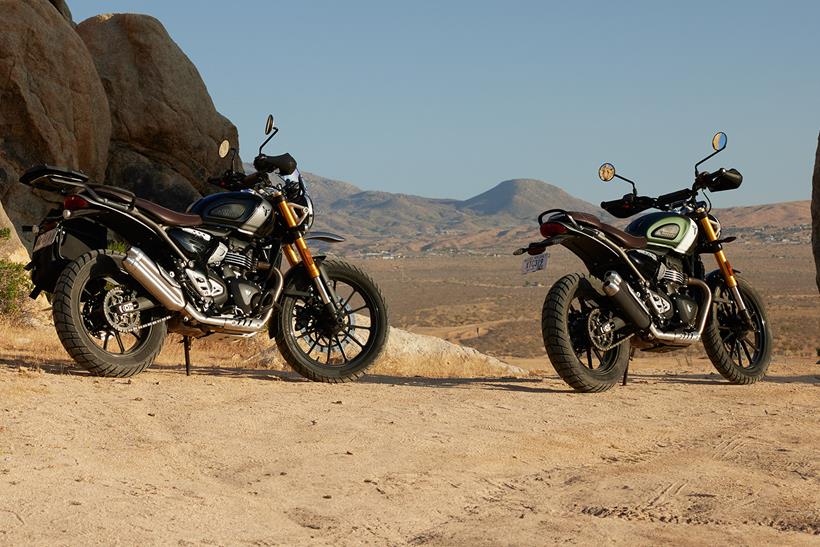
Triumph’s second attempt
This is not the first time the British manufacturer has dabbled with designing small capacity modern motorcycles, with MCN previously capturing numerous images of both a 250cc Street Triple and Daytona in 2013 – but both projects were then ‘postponed’ by the firm before they could reach production.
“Those earlier projects were something we were doing 100% on our own,” Sargent said of Triumph’s first attempt. “One of the challenges that we found in developing small capacity bikes is you’re basically in competition with a lot of high volume players and, in that segment, you’ve really got to get the cost of your materials down.
“When we did those previous models, there were a few things that conspired against us – things like exchange rates moved strongly in certain directions – so we took a step back and said: ‘what we really need to do is partner with somebody,’ say Sargent.
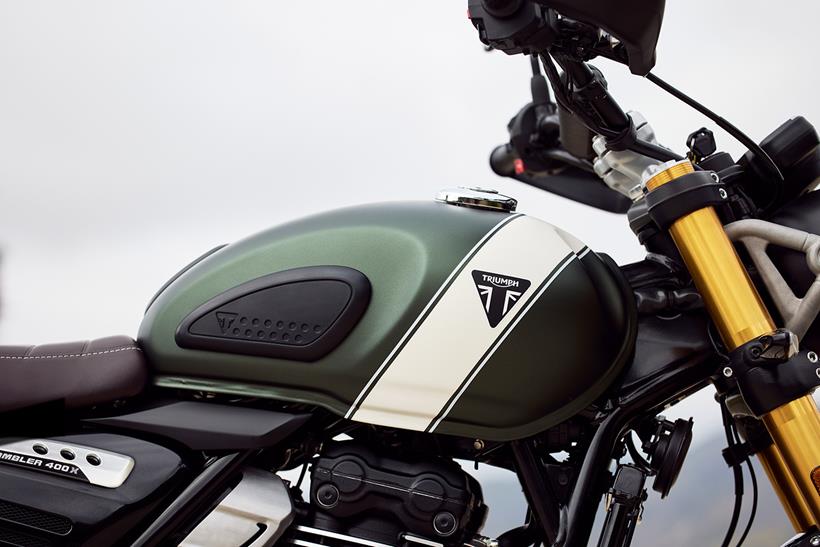
“Bajaj were the obvious choice,” he continued. “There are other manufacturers in India who other people have partnered with that I don’t think have got the same strength of engineering background and capability.”
As low as they’ll go
Despite the new singles being designed to attract a new, younger generation to motorcycling, Sargent confirmed there were no plans to go smaller than 400cc.
There are also no plans to bring an electric version to market, to sit alongside the combustion options.
“I was at the Department for Transport round table last week and I think generally the consensus of the manufacturers is that the technology right now is capable of delivering probably up to a 125cc motorcycle,” Sargent said. “In terms of delivering anything much bigger than that, the technology isn’t really there.”

Why not 47bhp?
The Speed 400 and Scrambler 400 X are the first single-cylinder motorcycles to come from Triumph since the company’s Hinckley based revival in 1990.
A shock departure from the twins and triples we’ve grown used to; the decision was taken early on in the design process in an attempt to give the bikes even more character.
“We always ask that question at design stage, and this engine could’ve been a twin,” Stuart Wood said. “But one of the big things that we offer is character and the single-cylinder 400 gives that better than a twin would.
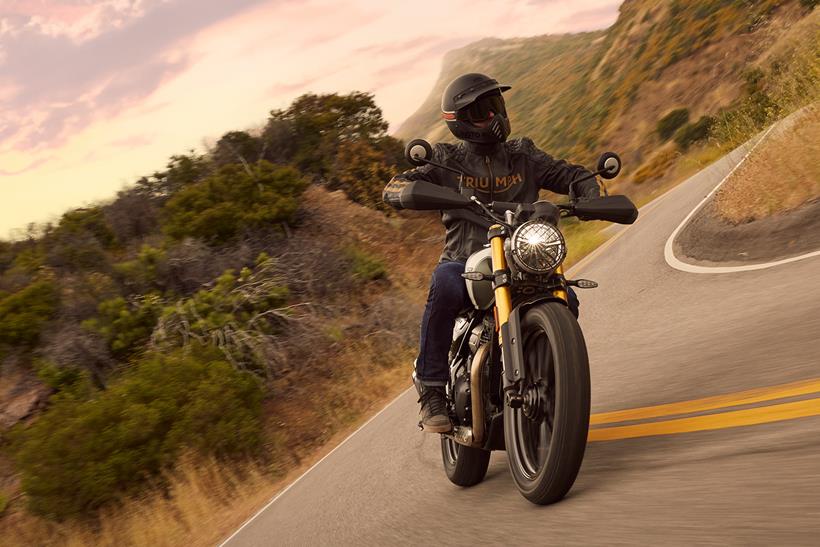
“We’ve got a fully balanced engine on which you’re not feeling vibration, you’re feeling firing pulses – and that’s character. The more you open the throttle, the more you’re going to feel it.”
MCN readers understandably had a number of questions about the new machines – chief among them being why the engine doesn’t produce the A2 class power cap of 47bhp instead of the claimed output of 39.5bhp.
“There’s a very good reason,” Wood continued. “You could tune that engine to make power at the top end but then you wouldn’t necessarily have the same feel in the midrange.

“They are fully modern yet classically inspired roadster and scrambler models and that’s going to appeal to a certain customer who wants a very strong midrange on that engine. We think those customers will be very pleased with how the engine feels to use.”
Alongside the decisions on power and torque, the Triumph engineer also spoke about how the motor would cope should the decision be taken to move towards higher ethanol fuels as transport solutions get greener.
“All of our engines, for many years now, have been able to run E30 fuel. They are tuned and adapt naturally to what you put in the tank,” Wood added. “We’ve already got a very high tolerance to variation there.”
Triumph confirm Bajaj collaboration to build all-new mid-capacity range
First published 24 January 2020 by Richard Newland
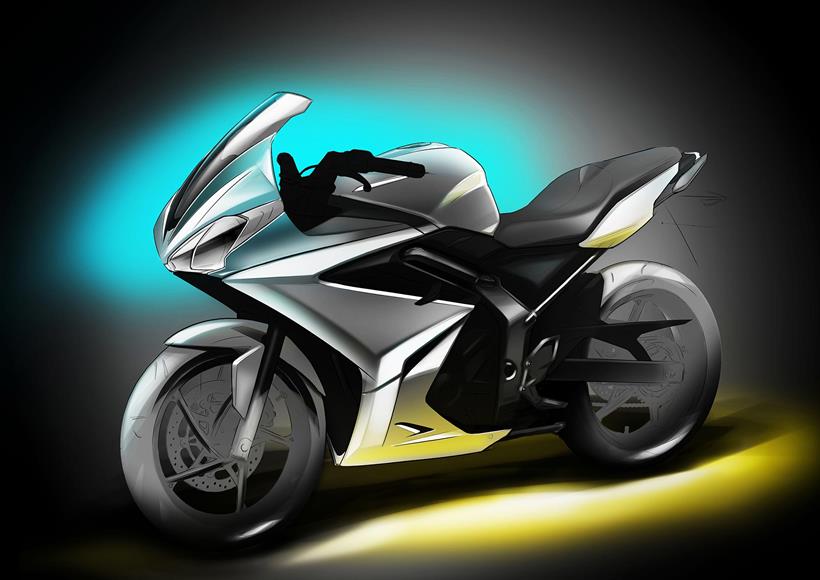
Triumph Motorcycles and Bajaj Auto India have formally commenced a long term, non-equity partnership to build a brand-new range of mid-capacity motorcycles that will bolster Triumph’s fortunes in emerging markets – but which also, crucially, will see a new range of lower capacity Triumph’s arriving in UK dealers.
This isn’t the first time the two manufacturers have confirmed a working relationship – first doing so back in August 2017, when they confirmed a similar non-equity deal to see Bajaj offering Triumph a route into the expansive Indian market.
Triumph Motorcycles CEO, Nick Bloor, said: “This is an important partnership for Triumph and I am delighted that it has now formally commenced.
“As well as taking our brand into crucial new territories, the products that will come out of the partnership will also help attract a younger, but still discerning, customer audience and is another step in our ambitions to expand globally, particularly in the fast-growing markets of South East Asia, but also driving growth in more mature territories like Europe.”
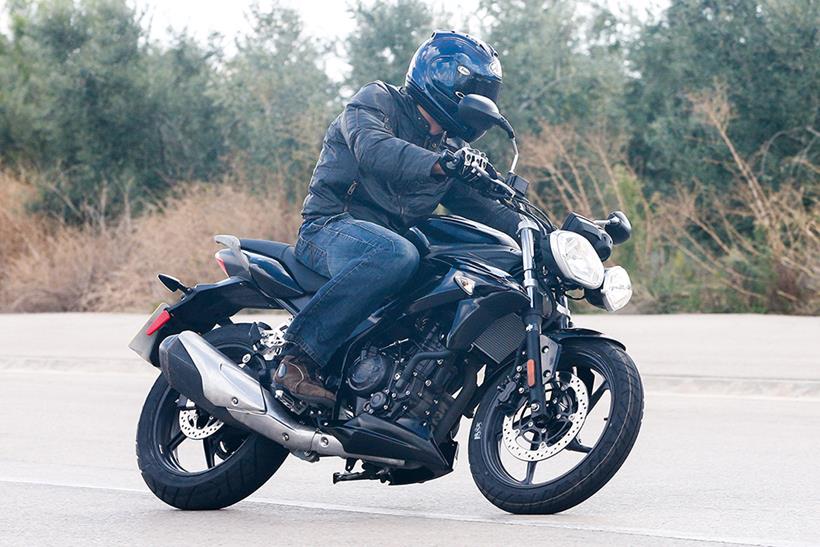
The partnership recognizes Triumph and Bajaj’s respective strengths in large and small capacity motorcycles and will see the two collaborate to design, engineer, and manufacture the new range of 200 to 750cc motorcycles – perhaps using the ‘postponed’ 250cc Street Triple and Daytona prototypes that MCN spied repeatedly in 2013 – and which were confirmed by Triumph at that year’s Milan show – as the start point.
While these bikes are now seven years old, the design language of both ranges haven’t changed significantly, and the models look as current now as they did then, with 2019’s unveil of the new Daytona 765 Moto2-aping sportsbike adding further weight to the Daytona model’s currency.
After months of spy shots, Triumph did originally confirm this new direction in 2013, before later deciding to quietly park the project in favour of completely rejuvenating their big-capacity model range.
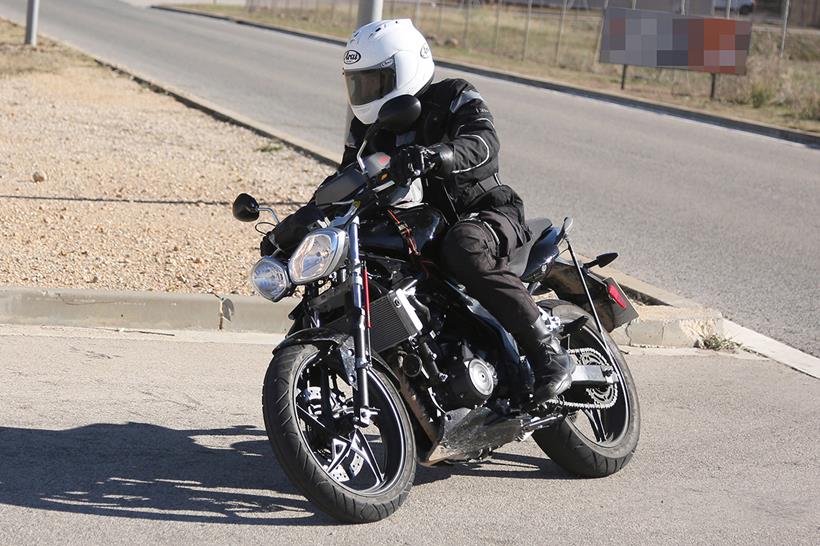
With that process now complete – with a frankly impressive complete reinvention not just of the model range, but also taking Triumph’s quality, fit and finishes to a whole new level – the firm are now clearly focused on the huge emerging market opportunity. As one of the strongest global brands in motorcycling, the scope to grow rapidly is phenomenal – and Bajaj have the scale and expertise to partner them in the Indian and Asian markets.
The strategic partnership will benefit both parties with Bajaj becoming one of Triumph’s key distribution partners in crucial new markets for the Triumph brand around the globe. Going forward Bajaj will take over Triumph’s Indian distribution activities, leveraging their regional expertise.
In their other key overseas markets, where Triumph is not currently present, Bajaj will represent Triumph and offer the new mid capacity bikes as part of the full Triumph line-up. In all other markets where Triumph is already operating, the new model range will join the current line-up and be distributed by the Triumph led dealer network worldwide.
The partnership will build ‘a new engine and vehicle platform in the mid-capacity range (200-750cc) and offer multiple options to address different segments in this class’ – meaning we’re likely to see the 250 and 500cc class catered for with naked and faired modern offerings (think Street Triple and Daytona), and there’s a huge opportunity to cash-in on the firms heritage by producing a ‘baby Bonneville’, too.
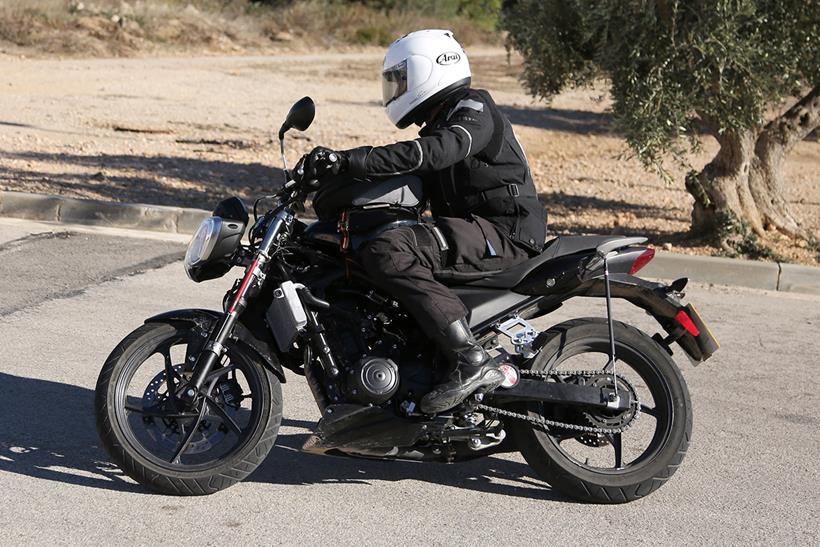
The proposition will be aspirational and affordable with a targeted pricing starting under INR 2 lacs in India (that’s just £2140), while UK pricing for such models is likely to simply match existing offerings in the market.
Bajaj Auto own a 48% share in Austrian bike manufacturer KTM and build KTM and Husqvarna models up to 390cc at their Chakan factory.
Rajiv Bajaj, Managing Director of Bajaj Auto India, said: “The Triumph brand is an iconic one the world over. So, we are confident that there will be a huge appetite in India and other emerging markets for these new products.
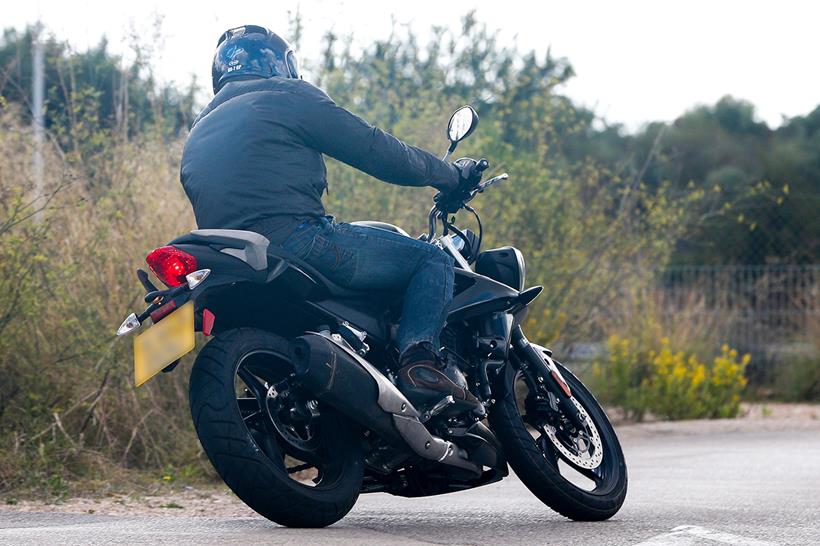
“We look forward to working alongside such a famous motorcycle company and to leveraging each other’s strengths and expertise to make the relationship a success for everyone.”
While no timescale has been revealed, we’d expect to new products emerging rapidly, with the end-of-year shows likely to reveal prototypes in various capacities.
